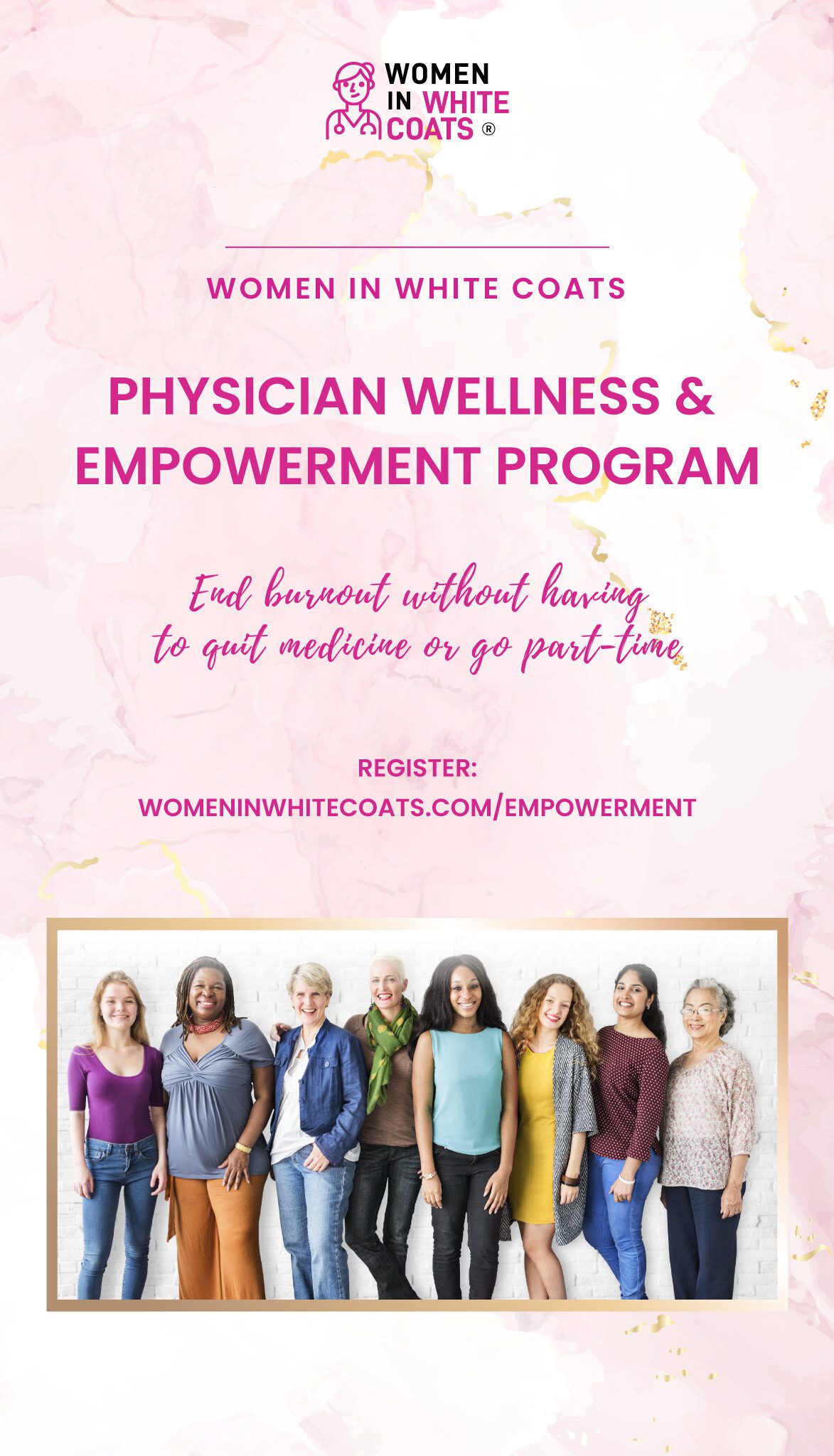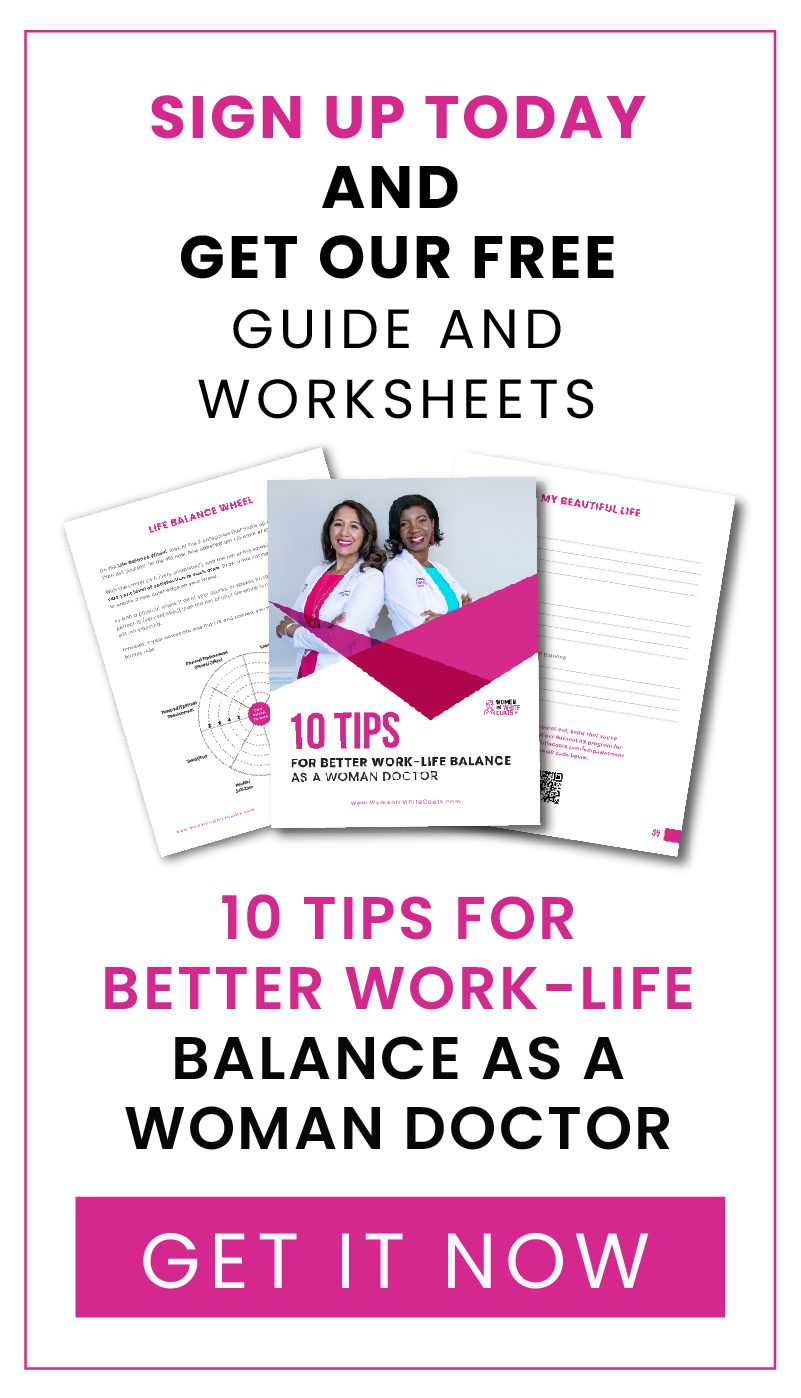Every February, we raise awareness for heart disease in celebration of American Heart Month. Although our attention this year is focused on COVID-19, we must not forget the effect that heart disease has on the lives of so many Americans. According to the CDC, a staggering 610,000 people die of heart disease every year. For both men and women, heart disease is the leading cause of death.
The most common type of heart disease is Coronary Heart Disease (CHD). This type of heart disease affects the coronary arteries, which are the arteries that surround the heart and supply it with blood. Any kind of blockage in these arteries can cause a lack of blood flow or ischemia, which is what causes a heart attack. The CDC also notes that every year in the United States, about 735,000 Americans have a heart attack, and over 370,000 people die from a heart attack.
To fight against heart disease, there are several important things for you to know. What are the symptoms? How do you treat it? How do you decrease your risk of developing it?
SYMPTOMS OF HEART DISEASE
Symptoms you may experience during a heart attack include chest pain, a fast heartbeat, shortness of breath, indigestion, nausea, sweating, or feeling lightheaded. Some people do not experience symptoms and only learn that they had a heart attack well after it occurred. If you do experience symptoms, it is critical to seek emergency care immediately to increase your chances of survival. Many people choose to avoid emergency rooms because they fear being exposed to COVID-19 while waiting to be seen. Hospitals have taken significant precautions in sanitizing and separating patients with COVID-19 symptoms from those with non-COVID-19 symptoms.
It is essential to know that prolonged lack of blood flow to the heart causes the heart muscles to die. Death of the heart muscle weakens the heart, leading to death or a decreased ability to perform your normal daily activities. Do not delay going to the Emergency Room if you or someone you know is experiencing symptoms of a heart attack. Improve your chances of survival and getting back to a normal life afterward by being seen early.
TREATMENT OF HEART DISEASE
CHD can be diagnosed by an EKG (electrocardiogram), various types of stress tests, or by a heart catheterization. Once diagnosed, cardiologists may place a stent into the blocked artery to restore blood flow or recommend bypass surgery. Heart disease patients are also treated with medications such as a statin to lower cholesterol. Blood thinners like aspirin or clopidogrel may also be used to prevent new clots from forming or to break up any clots that are present. Medications in the “beta-blocker” family work by slowing down your heart rate and lowering blood pressure. Lastly, calcium channel blockers help the blood vessels to relax, which improves blood flow.
Medication is where the ball drops in your court when it comes to improving your long-term outcome. You must remember to take your medications every day, as prescribed. If you experience side effects from a medication, you must let your doctor know as soon as possible so an adjustment can be made. Do not wait until your scheduled appointment to let your doctor know you are having problems. Your doctor wants to know as soon as possible, so the medicines can be adjusted, in hopes that you will tolerate them better and get you back to an active lifestyle sooner. If you’re concerned about possible exposure to COVID-19 at your doctor’s office, know that many doctors are now offering phone and video visits to address your concerns. Contact your clinician to find out about the options they have available.
DECREASING THE RISK OF HEART DISEASE
Several vital elements can decrease your risk of developing CHD. Treatment of CHD also includes these elements, which can reduce your risk of having a second event if you already have heart disease. You need to take a closer look at what you have been eating and not eating. Diets high in saturated fats, trans fat, and cholesterol have been linked to heart disease. Also, too much salt (sodium) in the diet can raise blood pressure levels, leading to heart disease. Because of the pandemic, many people have turned to fast food delivery and eating more processed foods like chips and microwaveable meals. Stress eating and mindless eating have caused many people to gain weight.
Pay attention to the labels on your food and record how much-saturated fats, trans fats, and carbohydrates (carbs) are in the foods you are eating. Did you know that a 20 oz Coke has 65g of carbs? That is 13 teaspoons of sugar! You do not see what you are eating if you are not reading food labels. It is also essential to look at what you are not eating. If you do not include green leafy vegetables, beans, fruit, and water in your daily diet, be sure to start having them.
Getting regular physical activity, decreasing alcohol intake, and quitting smoking are also essential lifestyle changes for treating and reducing heart disease risk. These changes may be more difficult during the pandemic because of the risk of COVID-19 exposure in gyms and outside activities. The use of alcohol and smoking have also been used by many during the pandemic to help calm fears and anxiety. If you are struggling, talk with your physician and consider getting a health coach to develop a plan to implement lifestyle changes.
3 KEY STEPS
Heart disease affects the lives of many people you may know and love – or maybe even yourself. Some people have symptoms such as chest pain or indigestion, but some people may not experience symptoms. If you do experience symptoms of a heart attack, it is crucial to seek medical attention immediately to improve your chance of survival. To improve your chance of getting back to an active lifestyle, you must take your prescribed medicines and make appropriate lifestyle changes. The COVID-19 pandemic won’t last forever. Take care of your heart now so you can not only be here but also enjoy life after the pandemic is over!
Crystal A. Maxwell, MD, MBA, FAAFP, is a board-certified family medicine physician with over ten years’ experience. She is the Founder & CEO of LIGHT Family Wellness, the first direct primary care practice in Indian Land, SC. She is also a wellness coach, author, speaker, wife, and mom. Her website is www.lightfamilywellness.com, and she can be followed on Instagram and Facebook at lightfamilywellness.





